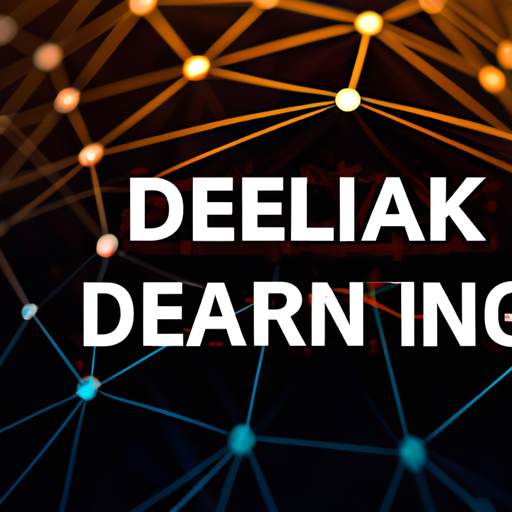Understanding Deep Learning And Machine Learning
Deep learning and machine learning are transforming industries and how we interact with technology.
They may seem like buzzwords, but they’re making significant impacts in various fields, from healthcare to finance.
In this article, we’ll explore what deep learning and machine learning are, how they differ, and their applications.
What Is Machine Learning?
Machine learning is a subset of artificial intelligence that involves training algorithms to learn from data.
It’s like teaching a computer to recognize patterns without explicitly programming it for each task.
For instance, when you upload photos on social media platforms like Facebook or Instagram, machine learning models help tag your friends by recognizing their faces.
These models can improve over time by being exposed to more data, becoming more accurate the more they “learn.”
Types Of Machine Learning
There are three main types of machine learning: supervised learning, unsupervised learning, and reinforcement learning.
Supervised Learning: In this type, the algorithm learns from labeled data. A good example is spam detection in email services. You provide many examples of spam and non-spam emails (labeled data), and the algorithm learns to classify future emails correctly.
Unsupervised Learning: Here, the algorithm works with unlabeled data and tries to find underlying patterns. Clustering algorithms that group customers based on purchasing behavior fall under this category. It helps companies tailor marketing strategies without predefined labels.
Reinforcement Learning: This involves training an agent through rewards and penalties. Think of it as training a dog with treats. An application example includes training AI agents to play games like Chess or Go better than human champions by rewarding them for winning moves.
The Rise Of Deep Learning
While machine learning has been around for decades, deep learning has gained prominence only recently thanks to advancements in computational power and big data.
Deep learning is a specialized form of machine learning that uses neural networks with many layers (hence “deep”).
These neural networks try to mimic how the human brain processes information but at an astonishingly faster rate.
Why Deep Learning Stands Out
Deep learning excels particularly well in fields involving large amounts of unstructured data like images, audio files, and text documents.
Take self-driving cars as an example: They rely on deep learning algorithms to process real-time video feeds from cameras mounted around the vehicle analyzing road conditions instantaneously while making driving decisions safely—something traditional machine-learning techniques would struggle with.
Applications Of Machine And Deep Learning
The applications for these technologies are almost limitless when combined with other AI capabilities such as natural language processing AI, conversational AI chatbots, or adaptive-learning systems.
Healthcare Innovations
In healthcare alone both technologies have monumental potential:
AI-powered diagnostic tools leveraging deep-learning can detect diseases like cancer at earlier stages using imaging techniques far exceeding human capabilities; meanwhile natural-language-processors aid doctors scrutinizing patient histories quickly yet accurately providing better-informed medical decisions overall ultimately saving lives en-masse!
Financial Services Revolutionized
Financial institutions also reap substantial benefits through automation:
Fraud detection systems use anomaly-detection algorithms flagging suspicious activities promptly allowing instant action reducing fraud losses significantly while maintaining customer trust intact!
Moreover adaptive-learning models continuously adjust personal finance recommendations ensuring optimal investment strategies personalized per individual’s risk tolerance automatically removing guesswork out completely!
The Future Of Deep And Machine Learning
Looking ahead both fields show promising trends poised revolutionize sectors further still:
Advancements conversational-ai-chatbot interfaces are rapidly improving customer interactions across industries enabling seamless user experiences previously unattainable via traditional methods alone;
Meanwhile hybrid approaches combining strengths classic-rule based approaches newer flexible-learning methodologies promise even greater accuracy efficiency unparalleled before — imagine autonomous vehicles coordinating complex urban environments seamlessly communicating pedestrians simultaneously optimizing fuel-efficiency real-time adapting unforeseen circumstances effortlessly achieving unprecedented safety standards roadways everywhere!
In essence embracing embracing empowering future lies tapping full potential merging together harnessing true power burgeoning ai-technology landscape pushing boundaries beyond conceivable limits today tomorrow ushering era unprecedented innovation transformation awaiting horizon beckoning us forward courageously daringly step bold exciting frontiers unknown!

